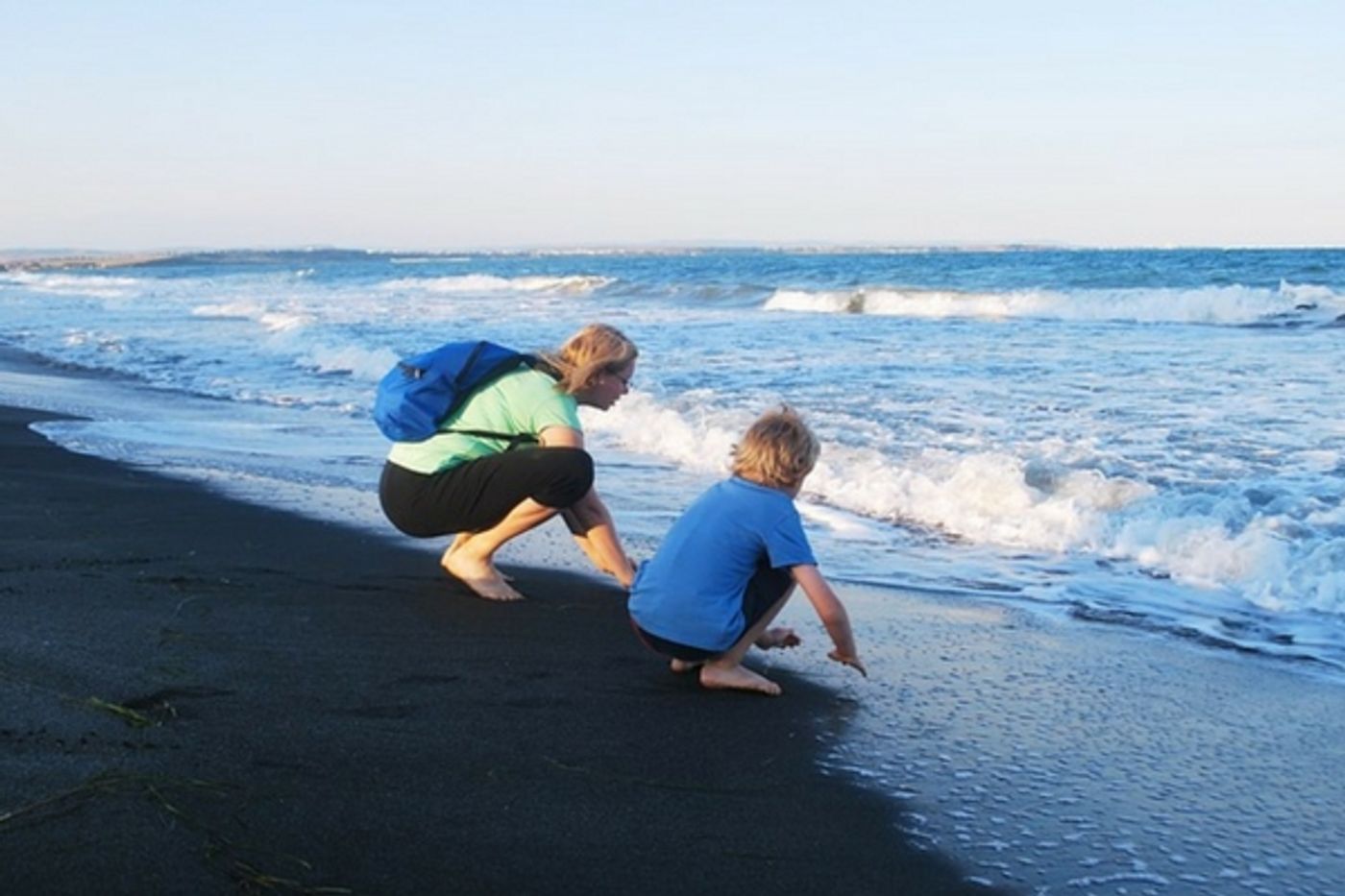New Hope for Children With This Rare Brain Disorder
Late infantile neuronal ceroid lipofuscinosis type 2 (CLN2) is a rare brain disorder and can be devastating to families. CLN2 disease is one of a group of disorders known as neuronal ceroid lipofuscinoses (NCLs), collectively referred to as Batten disease. CLN2 disease is an inherited disorder that primarily affects the nervous system. In the late infantile form of the disease, signs and symptoms typically begin between ages 2 and 4. The initial symptoms usually include language delay, recurrent seizures (epilepsy) and difficulty coordinating movements (ataxia). Affected children also develop muscle twitches (myoclonus) and vision loss. CLN2 disease affects essential motor skills, such as sitting and walking. Individuals with this condition often require the use of a wheelchair by late childhood and typically do not survive past their teens. The combined forms that make up Batten disease occur in an estimated two to four of every 100,000 live births in the United States.
The FDA has recently approved the first drug, an enzyme replacement therapy, that can slow down the progression of CLN2. Walking is one of the first motor skills to be impacted in CLN2 and Brineura, the new treatment just approved can keep patients walking longer. Treating patients with Brineura involves directly administering the drug to the brain. It works by replacing the missing enzyme, which is the TPP1 enzyme. The method is similar to what some cancer patients undergo. Called intraventricular administration, it’s carefully injected into the cerebrospinal fluid that surrounds the brain
Jean-Jacques Bienaimé, Chairman and Chief Executive Officer of BioMarin, the company that makes Brineura stated, “We thank the FDA for recognizing Brineura's potential to alter the course of CLN2 disease and its urgency in delivering this treatment to children as quickly and safely as possible. Brineura was approved in under four years from starting the first clinical trial to today, a significant achievement for a condition that progresses so rapidly. Treating children with CLN2 disease requires an extraordinary amount of collaboration between families, hospitals, advocates and physicians. We are grateful for the partnership of all those involved and look forward to continuing to work together to make Brineura accessible to children who may benefit.
The approval came after a solid 96 weeks of study in a non-randomized, single-arm dose escalation clinical study of patients with CLN2 disease. Brineura treated patients were compared to untreated patients. Using the established CLN2 Clinical Rating Scale which measures mobility performance, 23 patients between the ages of 3 and 8 years old were treated with Brineura every other week for 48 weeks. 21 of the patients completed the entire clinical trial and of those patients, 95% of them did not show any decline in mobility. In the untreated group of patients with CLN2, 50% of patients showed significant decline in mobility and walking.
Margie Frazier, PhD, LISW-S, Executive Director of Batten Disease Support and Research Association said in a BioMarin press release, “The approval of Brineura is an extraordinary medical breakthrough for the CLN2 Batten community who have been waiting for this moment for more than a century when the condition was first described. We appreciate BioMarin's commitment and partnership to the CLN2 Batten community and investing the resources needed to bring this pivotal treatment to families.” The drug is expected to be available in June and BioMarin is actively working with families and physicians to make it available to patients suffering from this rare disorder. The video below shows how one family whose child was involved in the research feels about the FDA approval.
Sources: U. S. Food and Drug Administration, BioMarin Pharmaceuticals, CBS News, Batten Disease Support and Research Association, WMUR-9









